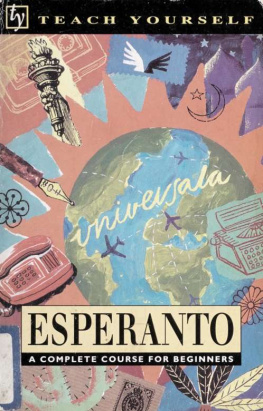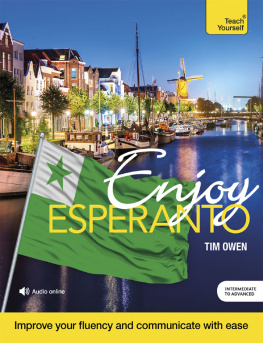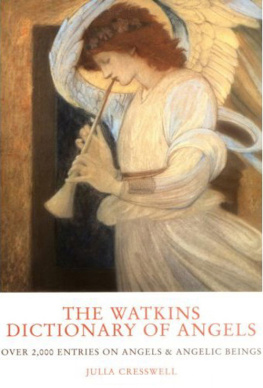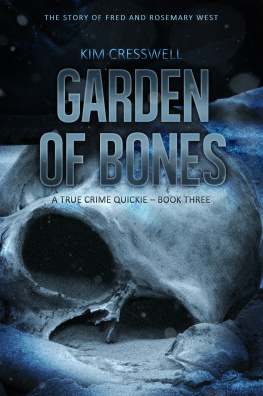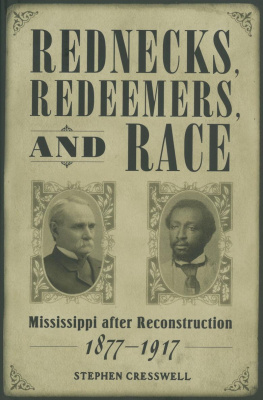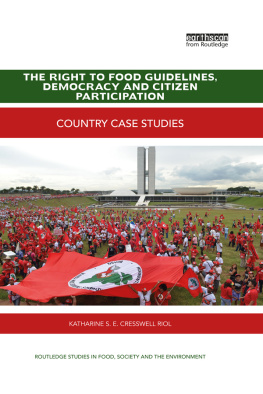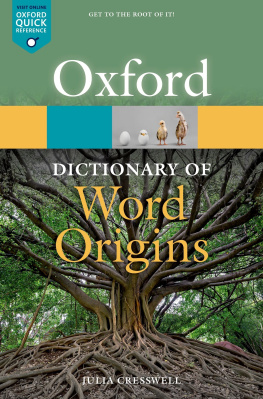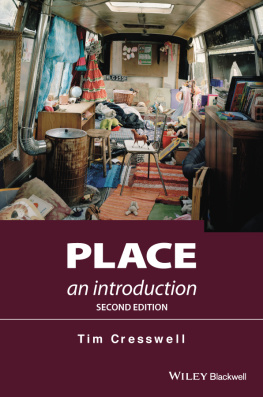John Cresswell - Esperanto
Here you can read online John Cresswell - Esperanto full text of the book (entire story) in english for free. Download pdf and epub, get meaning, cover and reviews about this ebook. year: 1992, publisher: NTC Pub. Group, genre: Science. Description of the work, (preface) as well as reviews are available. Best literature library LitArk.com created for fans of good reading and offers a wide selection of genres:
Romance novel
Science fiction
Adventure
Detective
Science
History
Home and family
Prose
Art
Politics
Computer
Non-fiction
Religion
Business
Children
Humor
Choose a favorite category and find really read worthwhile books. Enjoy immersion in the world of imagination, feel the emotions of the characters or learn something new for yourself, make an fascinating discovery.
- Book:Esperanto
- Author:
- Publisher:NTC Pub. Group
- Genre:
- Year:1992
- Rating:3 / 5
- Favourites:Add to favourites
- Your mark:
- 60
- 1
- 2
- 3
- 4
- 5
Esperanto: summary, description and annotation
We offer to read an annotation, description, summary or preface (depends on what the author of the book "Esperanto" wrote himself). If you haven't found the necessary information about the book — write in the comments, we will try to find it.
Esperanto — read online for free the complete book (whole text) full work
Below is the text of the book, divided by pages. System saving the place of the last page read, allows you to conveniently read the book "Esperanto" online for free, without having to search again every time where you left off. Put a bookmark, and you can go to the page where you finished reading at any time.
Font size:
Interval:
Bookmark:

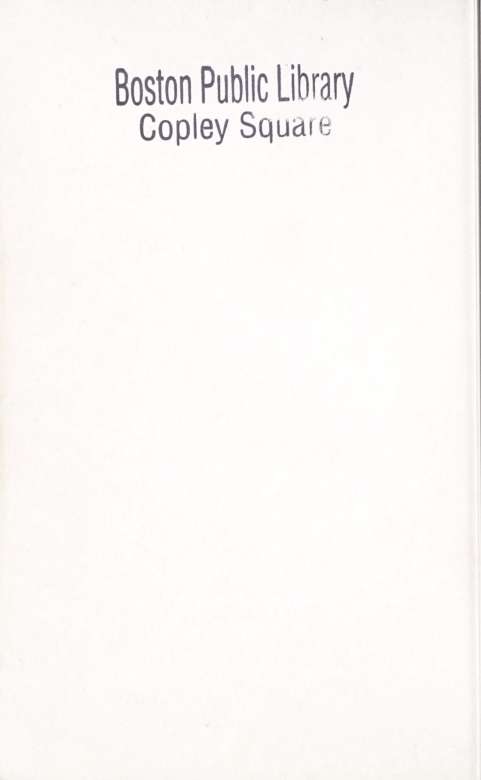
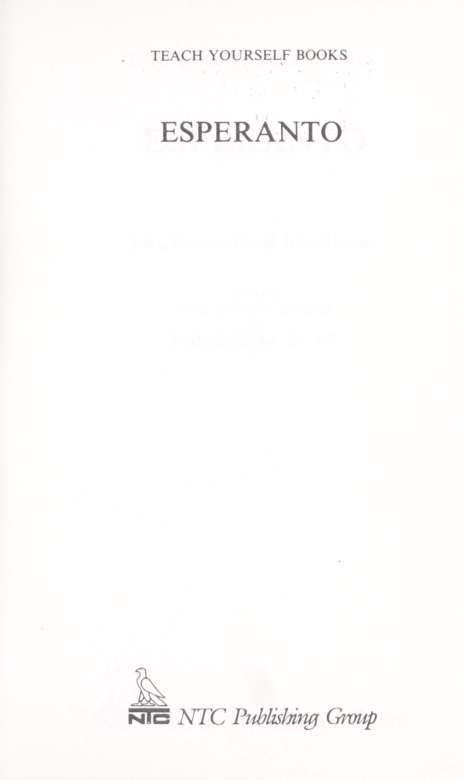
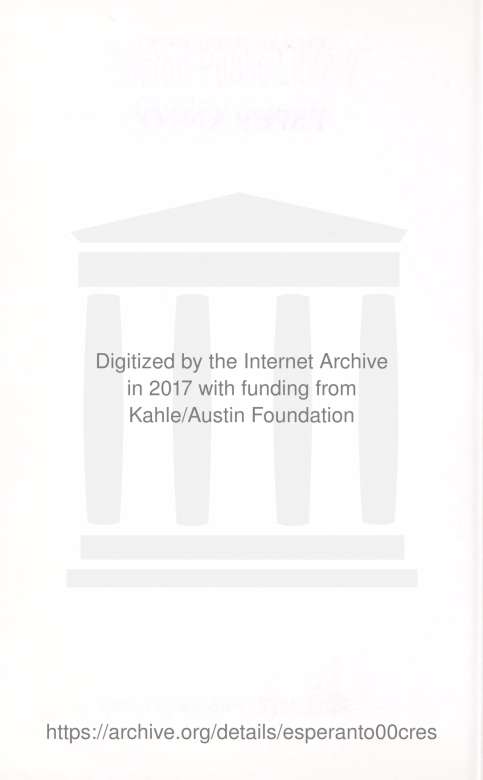

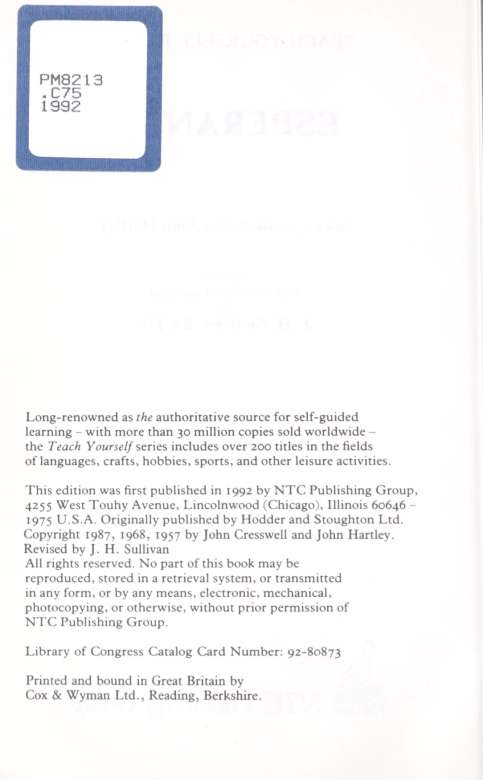


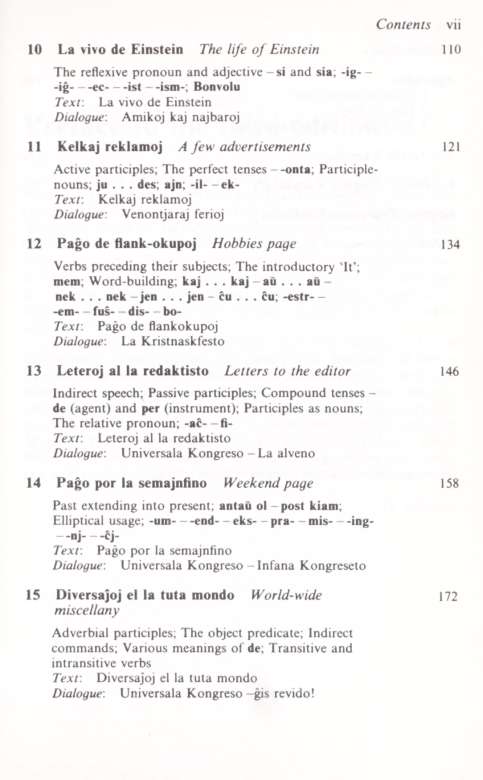
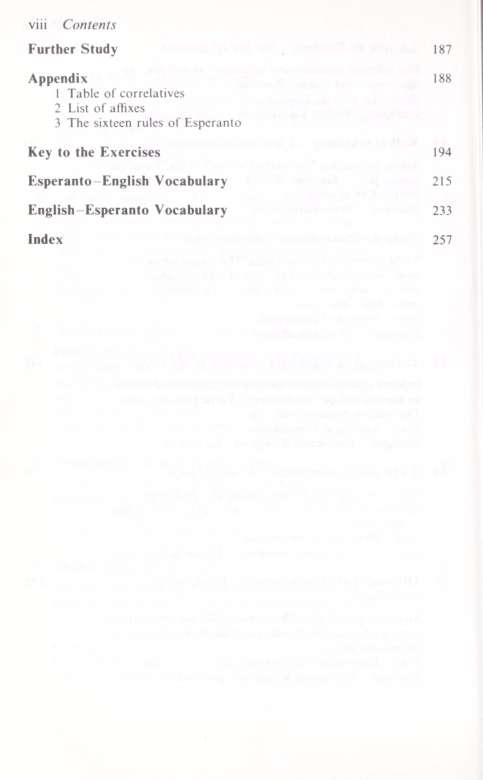
Finally, my thanks go to Shirley Baldwin (editor), Allan Nutton and Stephen Thompson for valuable suggestions and advice, and to my wife Barbara for much help and constant encouragement. J. H. Sullivan Esperanto-Asocio de Britujo (EAB) 140 Holland Park Avenue, London W11 4UF EAB is the central organising body for Esperanto activity in the UK. Members receive two bi-monthly magazines, one in Esperanto and one in English, and from the Esperanto Centre at the above address the following services are offered: Bookshop A wide range of books in and on the Intemational Language is available, as well as stationery and other publicity material. Book tokens are sold and exchanged.
Correspondence Courses Beginners, Intermediate, Intensive and other correspondence courses are administered from the Centre. Examinations EAB conducts its own examinations, all but one of which can be taken by post. Subscription Service The Centre also acts as subscription agents for all the major Esperanto jouraals. Junularo Esperantista Brita JEB is EABs youth section; anybody under 26 can become a member and anybody over 26 can become a Patron Member. Universala Esperanto-Asocio The Centre accepts and forwards payments for UEA membership and subscriptions; also for the World Congress of Esperanto and the Interaational Youth Congress of TEJO (UEAs youth section). Specialist Groups These exist for a large number of professions and interests - details are in the Associations handbook.
Advice The Centre also provides information, material and advice on publicity, organising groups and meetings, planning local Esperanto activities and so on. Local Representatives EAB has representatives throughout the country. For further information on any of the above, and for an enrolment form, please send an SAE to the Esperanto Centre at the above address. The Esperanto Teachers Association is a group of teachers and advisers who are themselves Esperanto speakers, and whose aim is to help those who share their opinion that the teaching of Esperanto in schools will be of benefit to the pupils. This association, too, can be contacted through the Esperanto Centre. L. L.
Zamenhof (1859-1917), and first published in 1887. Some people think of Zamenhof as a dreamy Utopian vvho imagined that if a neutral second language were introduced, all wars would cease and the world would become a Garden of Eden. In fact, his contention was that we must irst find some solution to the language problem. Not until we have settled this comparatively minor matter can we begin to understand each other across the frontiers and then to discuss the grave social and economic problems which face us. Esperanto is intended as a simple second language for all people, so that each of us may have it within his or her power to speak to, and to understand, those in other countries throughout the world. It is in no way opposed to the national languages; on the contrary, it creates in those who learn it an interest in communication, and this very often leads to their learning one or more of the national languages.
Characteristics of Esperanto Most languages may be divided into three parts: 1 Vocabulary (i.e. the mass of words which make up the language). 2 Spelling and pronunciation. 3 Grammar and syntax, or word order. In each of these three departments, Esperanto shows enormous simplification when compared with any national language. The spelling and pronunciation are absolutely phonetic, and there are only five vowel sounds (most national languages have twenty or more).
Each letter has one sound only, and any sound is always rendered by one and the same letter. The grammar andsyntax are so ingeniously devised that in place of the usual maze of rules, occupying a sizeable volume, which most other languages present, we have only sixteen short rules, which may be written comfortably on a sheet of notepaper. They are reproduced in the Appendix. The vocabulary gave Zamenhof many sleepless nights, until he hit upon the idea of carrying the principle of affixes through to its logical conclusion. The result was that an Esperanto dictionary is only one-tenth the size of that of a national language. In national languages, regularisation is only partial, and often illogical, whereas in Esperanto it is complete.
For example: in English we often form the feminine of a noun by adding -ess: host/hostess, lion/lioness. Often, but by no means always. We do not say bull/bulless or hero/heroess. In Esperanto, the feminine ending may be added to any noun; and so throughout the language -there is no exception to any rule and no limit to its applicability. As for the words themselves, Zamenhof did not invent them arbitrarily, but took them from the most important languages of Western civilisation, mainly from Latin, which is the origin of so many modern languages. Some words look exactly as they do in English, for example birdo {a bird), rivero {a river).
In others, the connection is less obvious, but often nevertheless there is a connec-tion, if we look a little further. For example, mano (hand) does not resemble the English; but we have the same root in manual (pertaining to a hand), manufacture, manipulate, manuscript, etc. -because mano comes from the Latin manus, which has likewise given rise to these English words. We shall draw the students attention to some of these etymological connections, especially in the first few lessons, whenever it seems likely to help in memorising. How to learn If you know something about grammar and grammatical terms, so much the better; but if not, it does not matter. We are not assuming any knowledge of grammar.
Font size:
Interval:
Bookmark:
Similar books «Esperanto»
Look at similar books to Esperanto. We have selected literature similar in name and meaning in the hope of providing readers with more options to find new, interesting, not yet read works.
Discussion, reviews of the book Esperanto and just readers' own opinions. Leave your comments, write what you think about the work, its meaning or the main characters. Specify what exactly you liked and what you didn't like, and why you think so.

